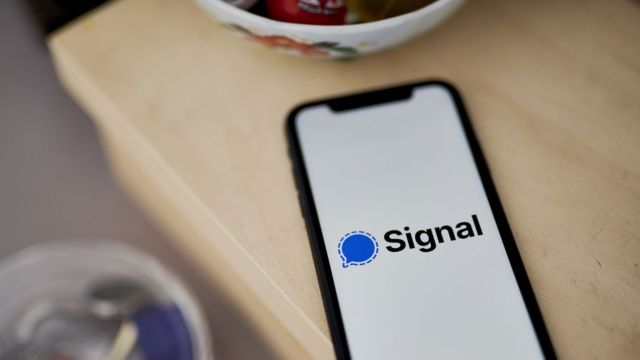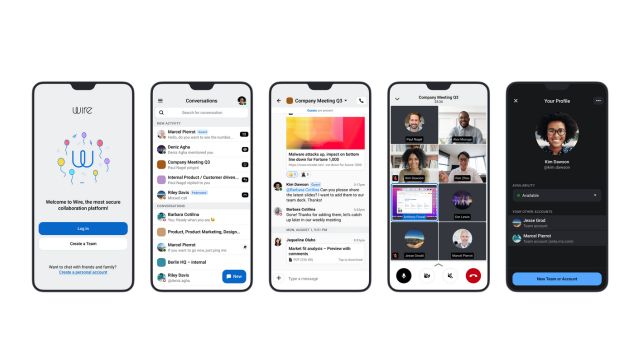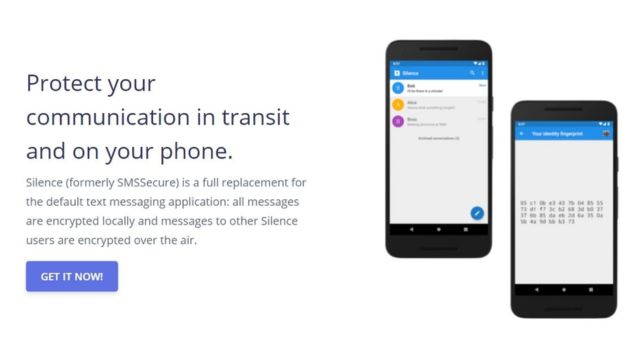In a time when cyberattacks are rising and digital espionage is a reality, safe communication has evolved into a pillar of government. Many countries have embraced extremely safe communications systems designed for official usage to guarantee confidentiality, integrity, and authentication. In terms of encryption, infrastructure, and compliance policies, these systems may surpass consumer-grade apps.
Governments most often employ these five safe messaging systems to protect private data and uphold digital sovereignty:
1. Signal

Although Signal is mostly used for consumer purposes, many safe government communication systems rely on its open-source encryption method since it is trustworthy. Signal distinguishes itself with zero metadata storage, end-to–end encryption, and open-source transparency.
Many public sector agencies and non-governmental groups use modified, self-hosted Signal versions to keep complete control over their communications. Additionally inspired by Signal’s codebase are encrypted systems catered to country requirements. Among its strengths are:
- Forward secrecy and sealed sender technology
- No server-side message storage
- Regular security audits by independent researchers
Use Case: Though it’s also becoming popular among lower-tier government organisations for its accessibility and cost-effectiveness, signal is regularly utilised in diplomatic talks, civil rights campaigning, and journalism.
2. Threema Work

The enterprise-grade version of Threema, a Swiss-based messaging software well-known for its rigorous privacy policies and GDPR compliance, is Threema Work. Threema Work is perfect for government use because it can run totally free from personal information including phone numbers or email addresses.
Key features include:
- Swiss hosting with full GDPR compliance
- AES-256 encryption and self-hosted gateway options
- Built-in survey and feedback tools for internal use
Particularly in departments managing citizen data, public health programs, and defence communications, governments value Threema Work for internal communication. Its straightforward approach to security has made it a dependable option for compliant, safe transmission.
3. Wire

Another safe collaboration tool created in Europe and frequently utilised by public sector institutions as well as private companies is wire. All with end-to- end encryption, it offers encrypted texting, voice/video conversations, file sharing, conference meetings.
What makes Wire stand out for government usage is:
- Open-source transparency and regular audits
- On-premise deployment for full control over data
- Compliance with ISO, GDPR, and local privacy laws
Government contractors, intelligence agencies, and digital diplomacy organisations that call for both classified-level security and teamwork tools all find wire to be appealing. It provides safe guest rooms for outside partners and ephemeral messaging as well.
4. Mattermost

Originally intended as a safe substitute for Slack for businesses, Mattermost has also been embraced by government agencies—especially those requiring self-hosted solutions with total infrastructure control.
Noteworthy features:
- Fully customizable and open-source
- Self-hosted or air-gapped deployments
- Secure messaging, file sharing, and workflow integration
In law enforcement and defence, where cooperation must take place via internal networks free from Internet access, Mattermost is commonly employed. Its adaptability qualifies for handling incident response, safe file exchange, and real-time team updates in sectors of essential infrastructure.
5. Silence (formerly SMSSecure)

Less well-known, SMS-based encrypted messaging tool Silence offers end-to- end encryption free of Internet connection requirement. Although it lacks comprehensive messaging capabilities like others, it closes a special gap: safe communication in low-bandwidth or offline contexts, usually utilised in field operations or remote deployments.
Key attributes include:
- Open-source, peer-reviewed code
- Works via standard SMS with encrypted payloads
- No user registration or cloud dependencies
In settings when Internet access is limited or under observation, silence is especially helpful since it offers a layer of safe messaging without drawing digital flags. Such lightweight instruments are frequently used by governments engaged in disaster recovery plans or in war areas.
Why These Platforms Matter
Government communication is about safeguarding national interests, public data, and the integrity of decision-making procedures not only about convenience. Though consumer apps like WhatsApp or Telegram might have encryption, they lack the institutional-grade management, auditability, or legal compliance required for state operations.
Governments looking for safe, sovereign digital communication systems will find the above platforms perfect not just for their technological strength but also for their auditing, self-hosting, and customising capabilities for certain legal settings.
Final Thoughts
In the digital first governance environment of today, the platform a government employs for both internal and external communication can be a question of national security. Secure messaging systems are a basic part of modern administration whether for field-level operations, inter-agency collaboration, or private cabinet meetings.
More countries are looking to purpose-built, encrypted communication systems as cyber threats change to protect their operations from digital attacks, leaks, and monitoring. The choice of secure messaging is now strategic for governments; it is not discretionary.
Stay informed and empowered with the latest updates on digital governance, secure communication tools, and e-services. Explore expert insights, practical guides, and trusted resources — all in one place. Visit DigitalIndiaMIB.com now and be part of the digital transformation journey!













